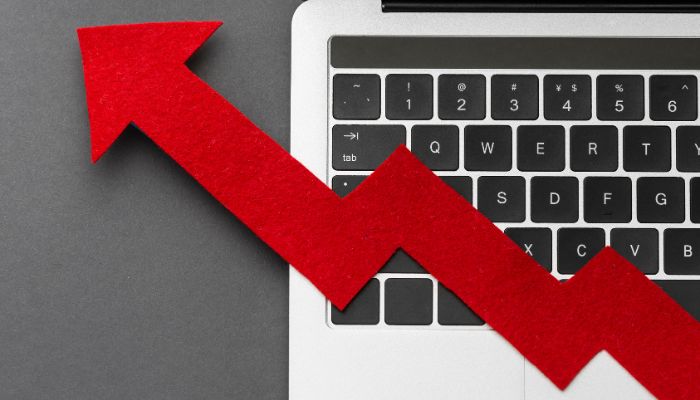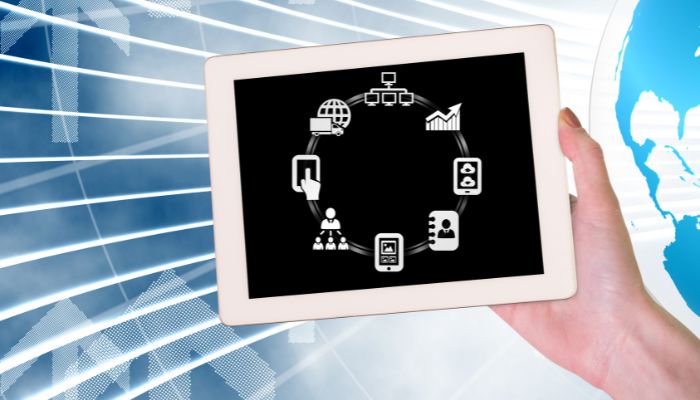The corporate world is constantly evolving and has grown even more rapidly in the last few years. With the pandemic adding to the hustle, HR professionals were driven into the spotlight overnight. Taking on leadership, controlling damage, managing employees, and re-setting new guidelines to curb the losses, HR emerged as the avengers of the corporate world to save the businesses. However, with the situation getting better, it’s time for the organization to rethink its strategies, operations, and how it can reduce the vacuum of social distancing. With evolving trends, employee needs, consumer behavior, market competitions, and more, the leaders are certainly going to turn to HR to look for a way out or rather to thrive. With the corporate world is changing, HR will have to as well— from 2.0 to HR 3.0.
HR 3.0 model points out the ten action areas that’ll help the HR executives reinvent the traditional practices. According to IBM’s recent report and survey on the evolution of HR, over 2/3 of executives agree that the current HR function is ready to evolve to HR 3.0. Going forward, technology will be the impetus, the backbone, and HR functions will potentially be more agile, automated, AI-driven, and data-driven. However, implementing HR 3.0 will not be an easy task in the future.
You might also be interested to read: HRIS – What To Expect While Implementing Them
Today, the HR executives stand perplexed as to how they should upgrade to HR 3.0? What investments should they make or strategies they should take to reinvent their traditional practices. The survey concluded 5 distinct characteristics that support the transformation to the HR 3.0 model:
- Skill should be a fundamental asset
- Promote transparency to build trust
- Improving response and speed with agile practices
- Let AI take over data-related decision making
- Use personalized experiences to shape models and strategies
HR functions will have to be more flexible, resilient, and tech-driven. The executives have to think beyond the leaders and managers. Unlike traditional methods, when the managers laid guidelines for the talents required, HR executives will have to step up and think beyond. They will have to stay updated on the changing trends, the global economy, and how to find the right talent for the role. Sounds similar to what the HR professionals were doing earlier? Perhaps yes, but under the HR 3.0 model, the functions will be more agile and optimized.
Under the new HR 3.0 model
The fundamental shift to the HR 3.0 model suggests more agile, dynamic, well-resourced, and efficient professionals than HR 2.0. In the new HR era, automation and AI will work simultaneously with on-site staff to create a stable, high-performing, and resilient workforce. The new professionals will be tech-driven, dexterous, data-driven, and trained to handle unpredictable situations capably. They will be problem solvers and skilled in ideating and performing strategically. The HR department will no longer be pigeon-holed as recruiters but called upon for strategies and ideas by leaders of the organization.
Today, the HR executives may have successfully secured a seat amongst the top hierarchy. However, under the new model, they will be leaders, thinkers, and decision-makers now that talent is a fundamental aspect in every organization. This shift will enable the new HR to meet the competitive demands of the markets, employees, and consumers and drive the businesses to success.
References:
- What is HR 3.0? | LinkedIn | Dr. Wade M. Larson | April 27, 2021
- Accelerating the journey to HR 3.0 | IBM | Amy Wright, Janet Mertens, Diane Gherson, Josh, Bersin
- It’s Time for HR 3.0 | Talent Economy | Keith McNulty | April 23, 2018
You might also be interested to read:






